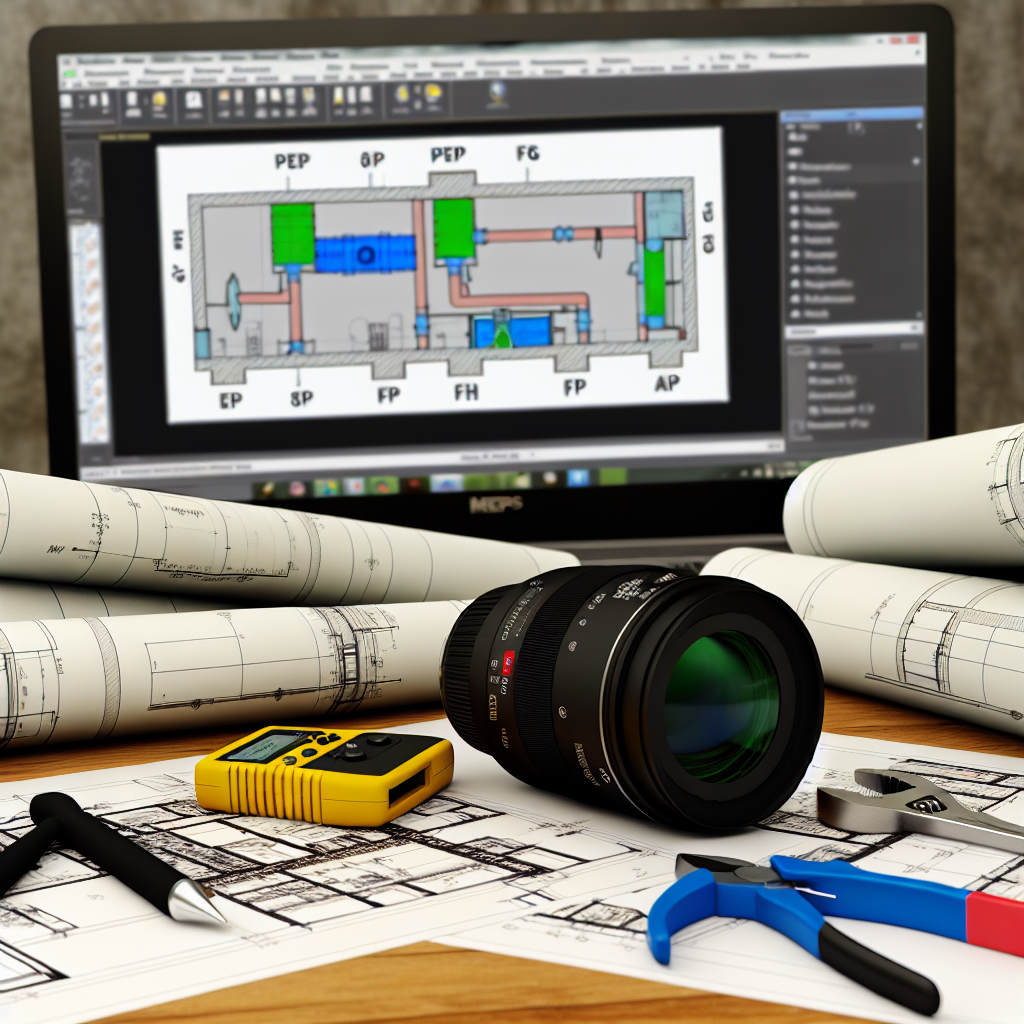Revit MEP is revolutionizing building design by providing powerful tools for modeling HVAC systems, plumbing, and electrical components with precision. Among its features, pipe filters play a crucial role in streamlining workflows and ensuring system accuracy. In this article, we will explore how Revit HVAC integration and MEP pipe filters enhance your design process, making your projects more efficient and compliant.
Optimizing HVAC Design with Revit MEP
Revit HVAC tools enable engineers and designers to create detailed, accurate models of heating, ventilation, and air conditioning systems within a building’s digital twin. By utilizing Revit’s parametric capabilities, users can quickly modify duct layouts, optimize airflow, and ensure system compliance with standards. This modeling process not only improves accuracy but also facilitates coordination among multidisciplinary teams, reducing conflicts during construction.
One of the key advantages of Revit HVAC modeling is the ability to simulate airflow and temperature distribution, which helps in identifying potential issues early in the design phase. Additionally, Revit’s integration with analysis tools allows for energy efficiency assessments, leading to more sustainable building solutions. This integrated approach results in reduced project timelines and cost savings, making Revit an indispensable tool for HVAC professionals.
Enhancing MEP Systems with Pipe Filters in Revit
Within Revit MEP, **pipe filters** are essential components used to control, refine, and manage the flow within piping systems. Proper application of pipe filters ensures that undesirable elements like debris, air pockets, or excessive pressure variations are filtered out, maintaining system integrity and performance. Revit’s pipe filter features allow users to easily specify, place, and customize filters, streamlining the design and documentation process.
These filters can be configured with different parameters to suit system requirements, such as filtration level, pressure limits, or fitting specifications. Revit MEP’s ability to visualize and edit filters in 3D enhances accuracy and clarity, reducing errors during fabrication and installation. Moreover, well-implemented pipe filters simplify maintenance and troubleshooting, ultimately extending the lifespan of the plumbing system.
Effective use of pipe filters in Revit not only improves system functionality but also supports compliance with local plumbing codes and standards. By leveraging these features, MEP engineers can deliver reliable, efficient, and maintainable piping solutions that meet both client needs and regulatory requirements.
Conclusion
In summary, Revit MEP offers robust tools for optimizing HVAC and plumbing systems through advanced modeling and system management features. The integration of pipe filters enhances the performance and reliability of piping networks, simplifying design, construction, and maintenance processes. By mastering Revit HVAC capabilities and pipe filter applications, professionals can deliver smarter, more sustainable building systems and stand out in the competitive MEP field.
